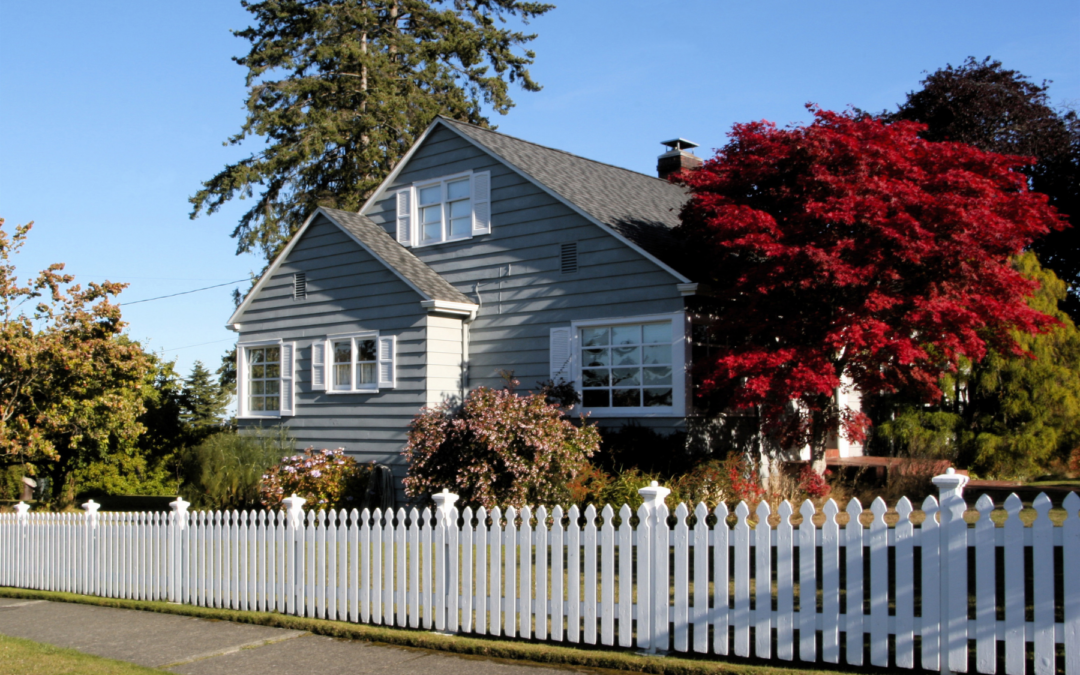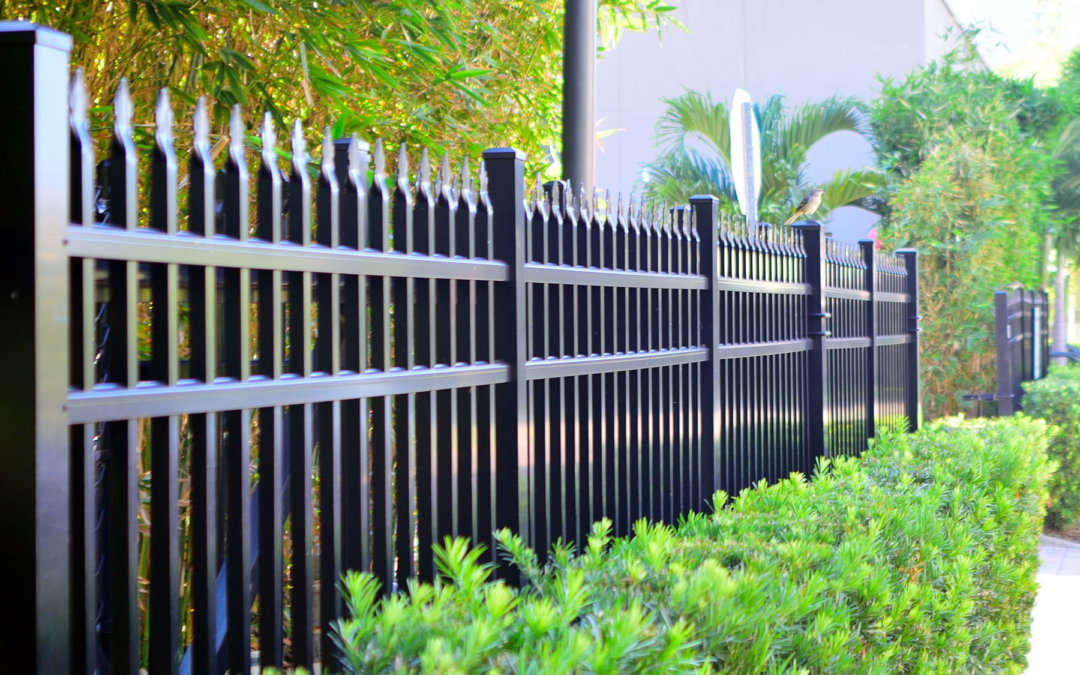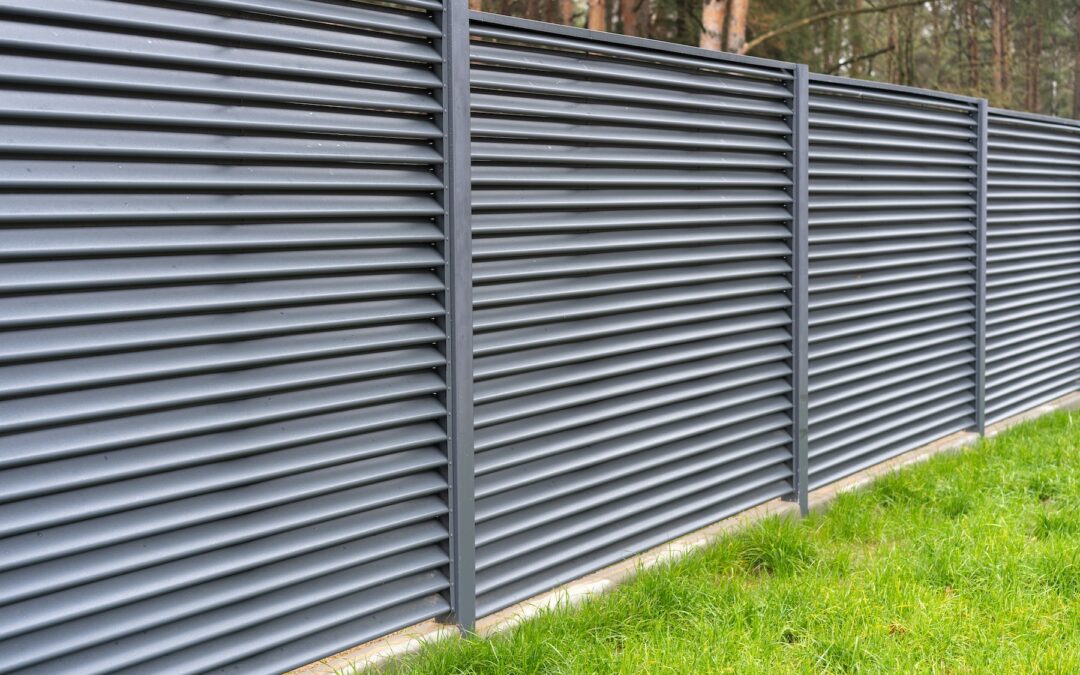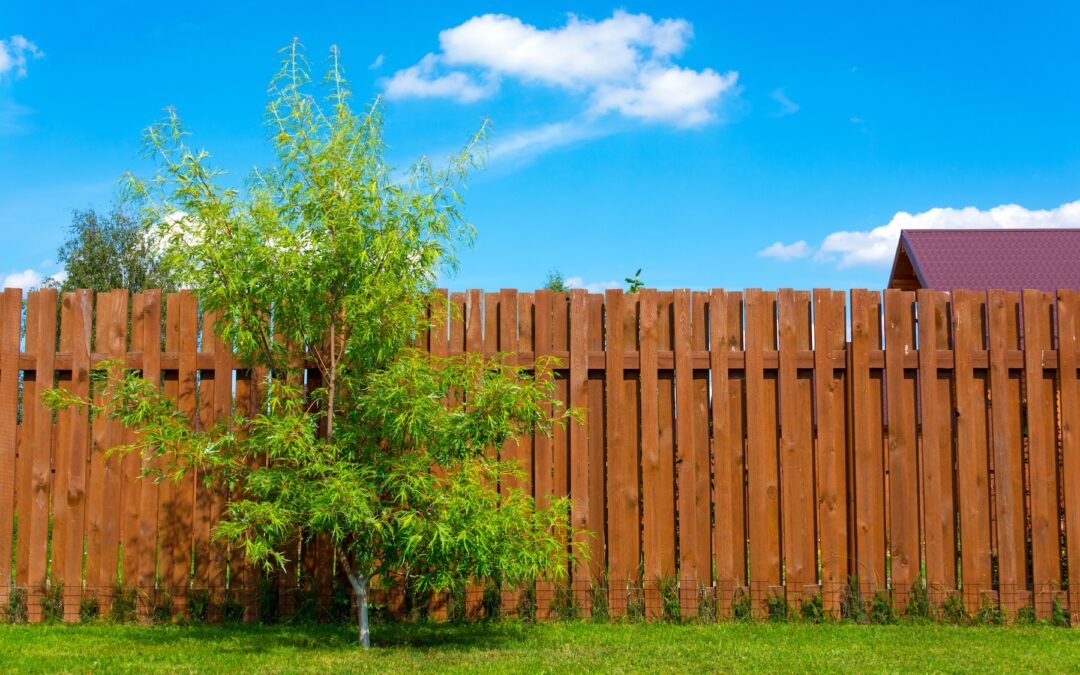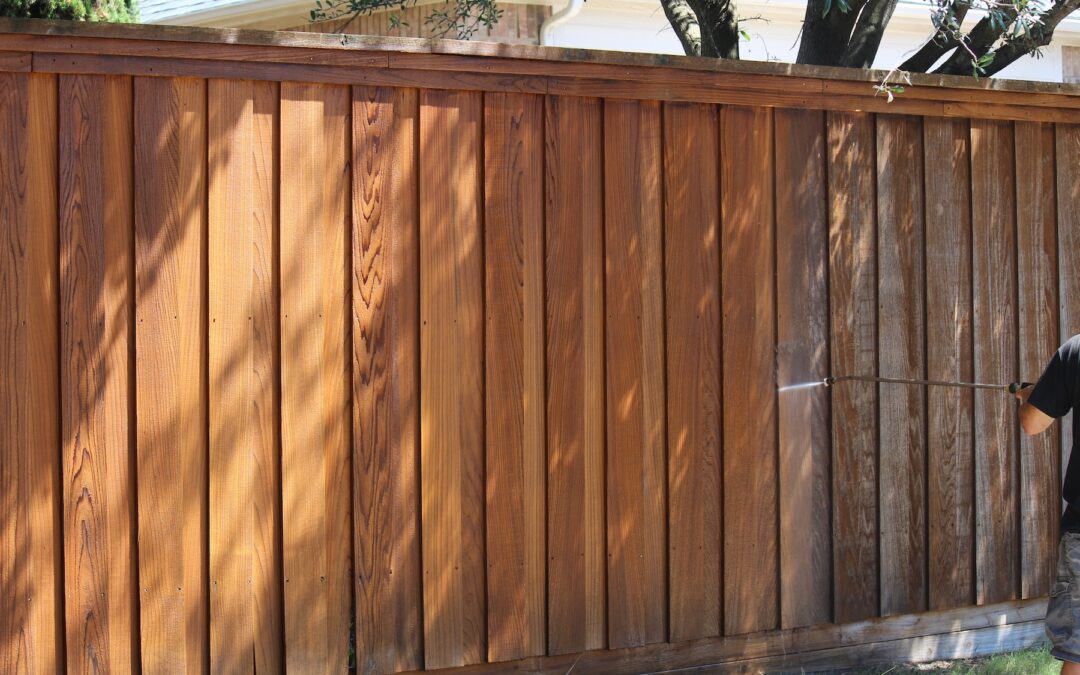Essential Tips for Choosing the Right Fence Material
Selecting the right fence material is crucial for ensuring longevity, aesthetics, and functionality. Homeowners should consider factors like climate, maintenance needs, and the intended use of the fence when making their choice.
For example, vinyl fences are low-maintenance and resistant to rot, making them ideal for humid climates, while wood fences offer a classic look but require regular upkeep. Understanding the pros and cons of each material can help homeowners make informed decisions that align with their lifestyle and budget.
Innovative Fencing Solutions for Privacy and Security
Privacy and security are top concerns for many homeowners when selecting a fence. Innovative fencing solutions, such as composite materials and smart fencing technologies, can provide enhanced protection while maintaining aesthetic appeal.
For instance, composite fencing combines the durability of synthetic materials with the appearance of wood, offering a secure barrier that requires minimal maintenance. Additionally, smart fencing options can integrate surveillance features, providing an extra layer of security for properties.
Understanding Local Regulations for Fence Installation
Before installing a fence, it is essential to understand local regulations and zoning laws that may affect your project. These regulations can dictate fence height, materials, and placement, ensuring compliance with community standards.
For example, some neighborhoods may require permits for fences above a certain height or mandate specific materials for aesthetic consistency. Homeowners should consult local building codes and possibly their homeowners' association to avoid potential fines or the need for costly modifications.
Common Fence Installation Mistakes to Avoid
Installing a fence can be a straightforward process, but several common mistakes can lead to costly issues down the line. Homeowners should be aware of these pitfalls to ensure a successful installation.
For instance, failing to mark property lines can result in disputes with neighbors, while not accounting for terrain changes can lead to uneven fencing. Taking the time to plan and prepare can save homeowners from headaches and additional expenses later on.


